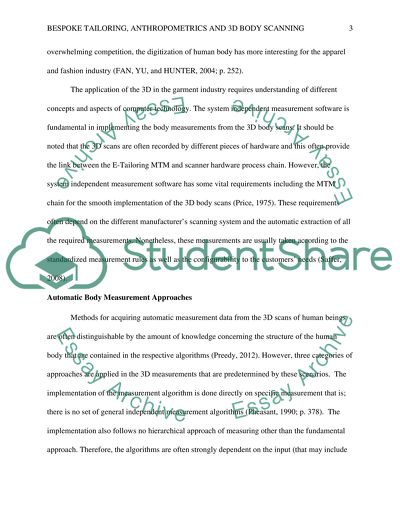Cite this document
(“Bespoke tailoring/anthropometrics/3D body scanning Literature review”, n.d.)
Retrieved from https://studentshare.org/design-technology/1468849-bespoke-tailoring-anthropometrics
Retrieved from https://studentshare.org/design-technology/1468849-bespoke-tailoring-anthropometrics
(Bespoke tailoring/Anthropometrics/3D Body Scanning Literature Review)
https://studentshare.org/design-technology/1468849-bespoke-tailoring-anthropometrics.
https://studentshare.org/design-technology/1468849-bespoke-tailoring-anthropometrics.
“Bespoke tailoring/Anthropometrics/3D Body Scanning Literature Review”, n.d. https://studentshare.org/design-technology/1468849-bespoke-tailoring-anthropometrics.


